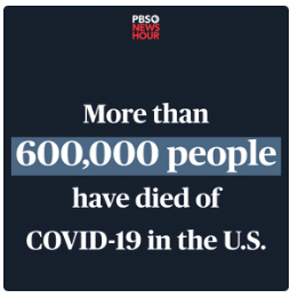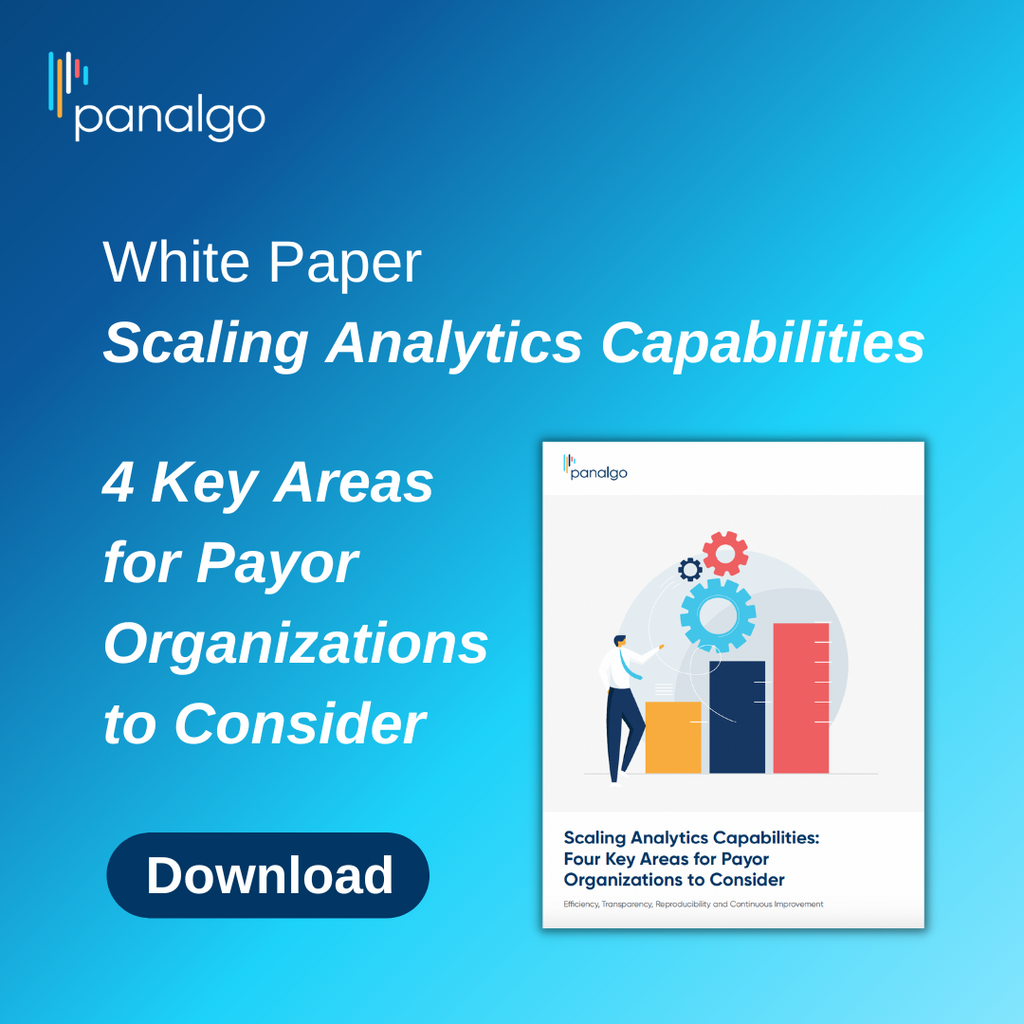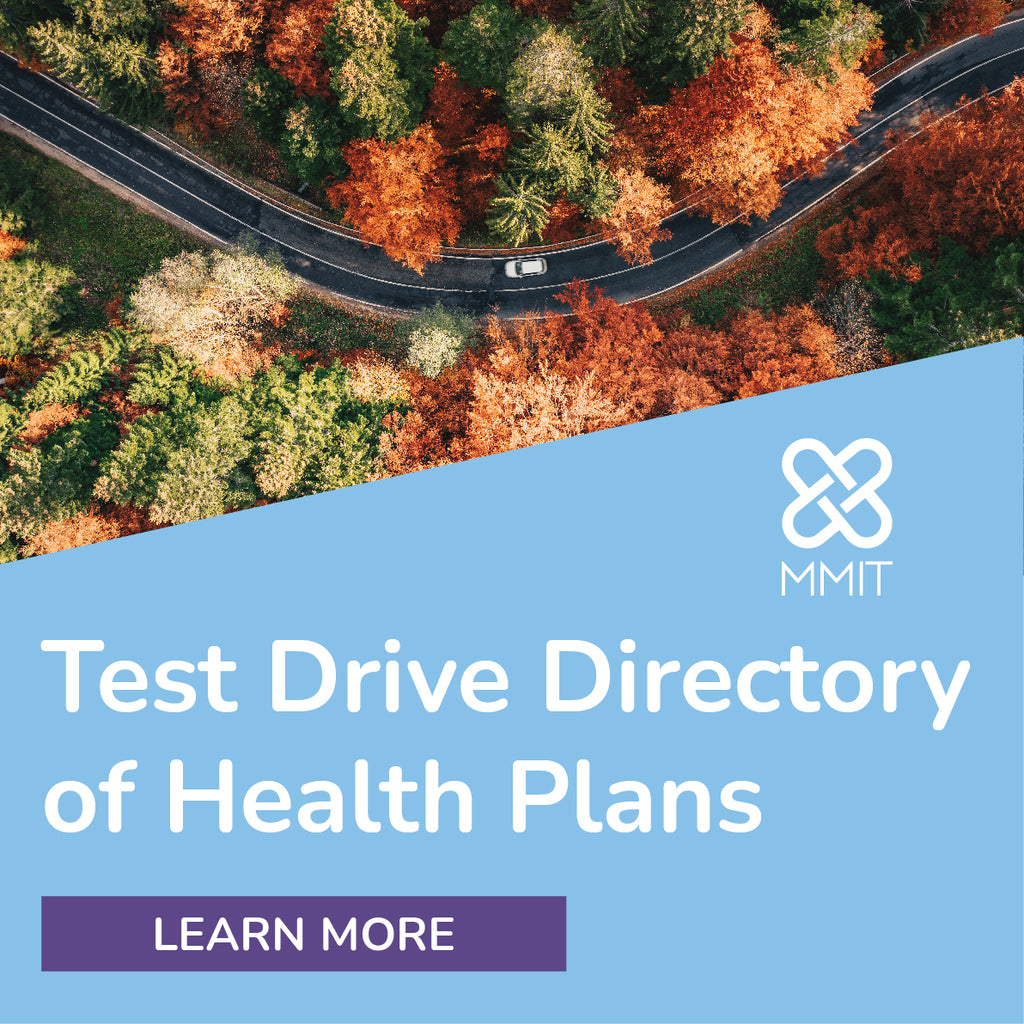Radar on Specialty Pharmacy
-
Specialty Pharmacies Can Provide Support for Synagis Treatment
Following a severe season of respiratory syncytial virus (RSV) in the U.S., several companies have revealed that they have promising vaccine candidates for various patient populations in the late-stage clinical trial pipeline. The FDA could approve some of them as early as this year, for what is estimated to be a market worth more than $10 billion. Currently, only one agent has FDA approval for RSV prevention, and one specialty pharmacy recently shared with AIS Health, a division of MMIT, how it manages that treatment and members taking it.
The CDC estimates that children younger than 5 years old account for more than 57,000 hospitalizations and about 100 to 500 deaths per year. Older adults experience approximately 177,000 hospitalizations and 14,000 deaths annually, but no FDA-approved treatments indicated for this population are available.

-
New FDA Approvals: FDA Expands Patient Population of Takeda’s Takhzyro
Feb. 3: The FDA expanded the patient population for Takeda’s Takhzyro (lanadelumab-flyo) to include the prevention of hereditary angioedema attacks in people at least 2 years old. The agency initially approved the plasma kallikrein inhibitor on Aug. 3, 2018. Dosing of the subcutaneous injectable in people at least 12 years old is 300 mg every two weeks. In people at least 6 and less than 12, dosing is 150 mg every two weeks, and for people 2 years old and younger than 6, dosing is 150 mg every four weeks. Drugs.com lists the price of one single-dose 300 mg/2 mL subcutaneous solution is more than $26,165.
Feb. 8: The FDA granted another indication to Regeneron Pharmaceuticals, Inc.’s Eylea (aflibercept) for the treatment of retinopathy of prematurity in preterm infants. The agency first approved the drug on Nov. 18, 2011. Dosing of the vascular endothelial growth factor (VEGF) inhibitor for the newest indication is 0.4 mg via intravitreal injection; treatment may be given bilaterally on the same day. Injections may be repeated with an interval of at least 10 days. Drugs.com lists the price of a 40 mg/ml intravitreal solution as more than $1,957.

-
News Briefs: FDA Accepted Application for Sandoz’s Biosimilar Denosumab
The FDA accepted its first application for a biosimilar denosumab, Sandoz disclosed on Feb. 6. The Amgen Inc. reference drug is available as both Prolia and Xgeva. According to AmerisourceBergen’s Feb. 6 U.S. Biosimilar Report, nine companies have denosumab biosimilars in clinicals trials, with five of those in Phase III trials. Prolia and Xgeva are approved for multiple conditions, including for the treatment of postmenopausal women with osteoporosis at high risk for fracture and for the prevention of skeletal-related events in people with multiple myeloma and in people with bone metastases from solid tumors. Sandoz’s application is for all of the drugs’ indications. Prolia’s list price is $1,564.31 per injection every six months, and the per-dose price for Xgeva — which is dosed every four weeks — is $2,877.36.
Elevance Health said on Feb. 15 that it had closed its acquisition of BioPlus, a specialty pharmacy subsidiary of CarepathRx, a portfolio company of Nautic Partners. BioPlus will operate as part of CarelonRx, Elevance’s PBM within Carelon, its health care services brand. Elevance said Nov. 9 that it had entered into an agreement to purchase the company. It did not disclose financial terms of the deal. The firm also said that it “plans to expand BioPlus’ service models across more complex disease treatment areas so the combined company can continue to provide timely access to medications, deliver leading support services for both providers and patients, and ensure individuals receive distinctive clinical expertise and service.

-
Amjevita, First Biosimilar of Humira, Launches With Two-Tiered Pricing Strategy
More than six years after the FDA approved it, the first biosimilar of AbbVie Inc.’s Humira (adalimumab) has finally launched in the U.S. On Jan. 31, Amgen Inc.’s Amjevita (adalimumab-atto) became available at two different wholesale acquisition costs — one 55% below Humira’s WAC and one 5% below it — a strategy that acknowledges the lure of rebates within the U.S. market. It remains to be seen whether additional adalimumab biosimilars launching this year will follow suit or explore a different strategy to differentiate themselves.
Initially approved Sept. 23, 2016, Amjevita was the first of eight Humira biosimilars that the FDA had OK’d as of early February. The tumor necrosis factor (TNF) inhibitor is approved for seven of Humira’s nine indications, including rheumatoid arthritis, plaque psoriasis and Crohn’s disease, although the biosimilar is indicated for ulcerative colitis in adults, while Humira is approved for UC in people at least 5 years old. The two Humira indications not on Amjevita’s label are hidradenitis suppurativa and uveitis.

-
FDA Approves Hemophilia B Gene Therapy, but Its Cost May Pose Access Problems for Payers
The FDA recently approved the fifth and sixth gene therapies, with four of those decisions coming in the second half of 2022. While payer respondents to a Zitter Insights survey have expressed interest in hemophilia B treatment Hemgenix (etranacogene dezaparvovec-drlb), its price may prove to be an obstacle to coverage.
On Nov. 22, the FDA approved uniQure N.V.’s Hemgenix for the treatment of people at least 18 years old with hemophilia B who currently use factor IX prophylaxis therapy or have current or historical life-threatening hemorrhage or have repeated serious spontaneous bleeding episodes. CSL Behring LLC, a CSL business, will market the gene therapy. The agency gave the first-in-class adeno-associated virus A5-based gene therapy — which previously was known as EtranaDez — priority review and orphan and breakthrough therapy designations.












